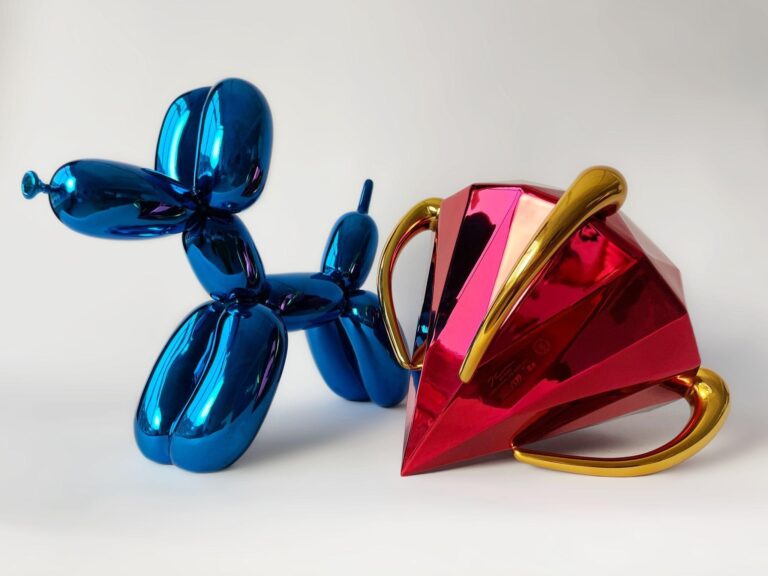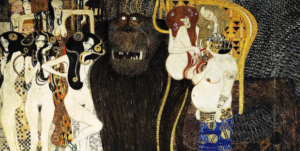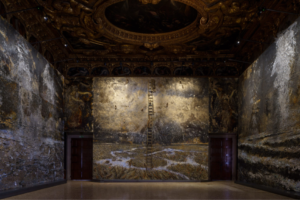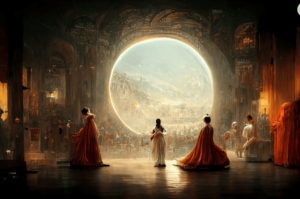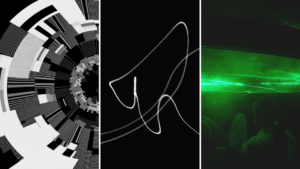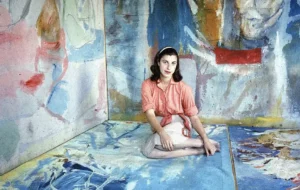Art investment can be an exciting and rewarding venture. However, like any investment, it comes with its own risks and considerations.
In Part 1 of the Intersection of Culture and Capital: Why Art is a Valuable Investment, we explored the spectrum of values that art investment boasts – spanning heightened social status and monetary gain to cultural enrichment. Now, we talk about the challenges and risks of art investment. Known for its inherent nature as a tangible asset, we will examine why art prices fluctuate due to trends, artist reputations, and even global economic conditions. We’ll also talk about the pivotal roles of provenance and ensuring authenticity in driving the art market.
Art in Flux: The Dynamics of Art Market Investment
Complex and often unpredictable, art prices can be variable – making identifying potential investments and liquidity a challenge for collectors and investors. What influences the art market’s mood swings and shifts?
Market Volatility:
Trends and Tastes
Especially in this digital age of consumer consumption, what is viral one moment can be forgotten the next. When an artist’s style becomes seen as outdated, demand and prices for their work can plummet. Investors who have already bought their work will have two choices; sell low now or hold out until market perceptions and conditions improve.
Artist Reputation
Cancel culture has also taught us that there are worse things than being forgotten and that’s falling out of favor with people, particularly netizens who make sure their grievances are for public consumption by the entirety of the digital ecosystem. With the power to influence, vocal collectives can quickly impact the reputation of art – whether established or novice.
Factors affecting an artist’s reputation include the artist’s recent work and their presence in significant art galleries, auction results, and critical acclaim. Public perception, both positive and negative, can have immediate impacts on prices. For instance, the discovery of an artist’s new series might boost their value, while reports that the artist participated in plagiarism or ghost-producing can be detrimental.
Even acclaimed artist Damien Hirst experienced a dramatic drop in the value of his art during the height of his fame. In 2008, he raised over $200 million when he chose to sell directly through Sotheby’s, setting a record for a single-artist auction. As the financial crisis at the time deepened, collectors and investors became more cautious and skeptical. Critics began to re-examine the value of Hirst’s art and the sustainability of his prices. It certainly didn’t help that Hirst was also mass-producing his works, notably his “spot paintings.” Collectors also started to question the uniqueness and authenticity of Hirst’s art once it came to light of his assistants’ extensive involvement in the creation of the work. In the years that have followed, works by Hirst that once sold for millions were sold at substantial losses at later auctions.
Global Economic Issues
In strong economic times, collectors and investors not only have more disposable income but also are less cautious, leading to increased spending on luxury items such as art. But what happens during economic downturns? We see discretionary spending drop, which leads to a lower demand for art.
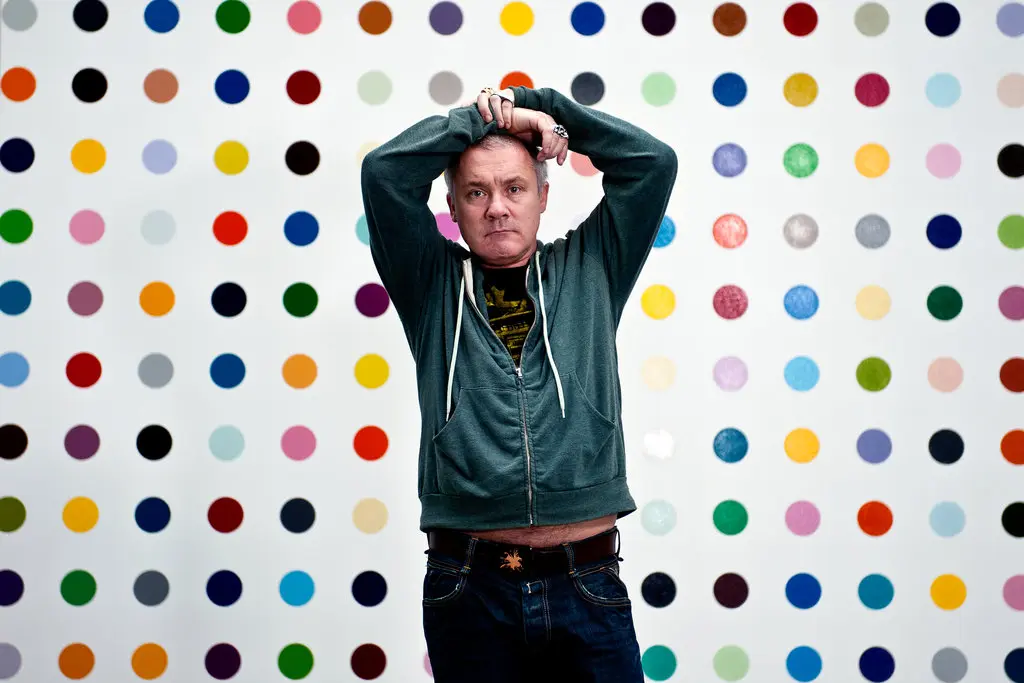
Price Realization and Liquidity Issues
The final selling price of art can be unpredictable. Market conditions at the time of sale, the method of sale, and buyer demand can all influence the realized price. There’s no guarantee that the artwork will sell at or above its estimated value. Art markets can cool down suddenly, and during such periods, even celebrated works might struggle to find buyers at favorable prices.
Illiquidity of Art Assets
Art assets aren’t like traditional financial instruments such as stocks or bonds, which can be traded relatively quickly and with minimal transaction costs. Selling of art is also a lengthy process, demanding time and effort to find a suitable dealer, auction house or buyer. Even with an auction house or gallery-dealer secured, there may be long waiting periods for auction or sale dates. Auctions are scheduled events that may occur only a few times a year, and galleries might have waiting lists or specific exhibition periods.
Selling Pressures and Costs
The time-consuming nature of selling art can be a major drawback, especially if you’re seeking immediate financial returns.
Selling art involves preparing the artwork, creating detailed descriptions, and photographing the pieces. Sometimes, artworks may need restoration, maintenance, or authentication, all of which add to the selling expenses. Additionally, selling through auction houses or galleries usually incurs considerable fees, which can eat into the profits. Understandably, auction houses and galleries charge a percentage of the sale price as a commission. This can range from 30% to 50% for galleries and 10% to 25% for auction houses, depending on the reputation of the auction house or gallery and the value of the artwork.
Beyond the seller’s fees, buyers are often required to pay a premium, typically ranging from 15% to 30%, which can push the final price out of their planned budget. Therefore, high buyer’s premiums can sometimes deter potential buyers, leading to negotiations and the seller dropping their price to be more accommodating.
Additional charges may include administration fees, insurance, marketing, cataloging, and shipping costs. Once a sale is made, the actual transaction, including payment processing and delivery, can take additional time, delaying liquidity further.
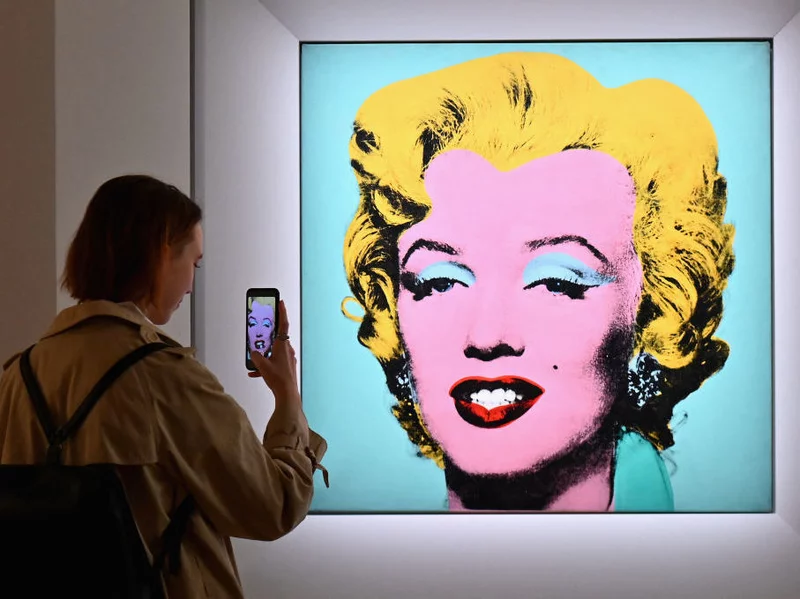
The Power of Provenance and Establishing Authenticity to Safeguard Art Investments
Acquiring artwork later determined to be forged or illegally obtained can result in complex legal battles and financial losses, highlighting the importance of provenance and authenticity in the art market.
Provenance
Referring to the documented history of ownership of an artwork, provenance includes details about previous owners, the methods and timelines of transactions, and any exhibitions where the artwork was displayed. Provenance documentation may include bills of sale, exhibition catalogs, gallery labels, and appraisals. Often, how well these documents are preserved and presented is just as important as the state of the artwork itself. A well-documented provenance can prove that the artwork is not stolen, looted during conflicts, or acquired through dubious means. Illustrious provenance that proves ownership by historical figures and famous art collectors or participation in significant exhibitions or events can make the artwork more desirable, adding to its prestige and validating the demand for higher prices.
Authenticity
A genuine work by a renowned artist holds far more value compared to a reproduction. Artwork later exposed as forgeries can lead to substantial financial and reputational damage.
Establishing authenticity and confirming that the artwork is genuinely created by the artist to whom it is attributed involves expert evaluation. Analysts will examine the art to ensure it accurately aligns with the artist’s signature, art style, and materials. Techniques for establishing authenticity may involve scientific verification methods such as carbon dating and pigment analysis. Often, art historians and appraisers play significant roles in art authentication as authentication can include comparing the artwork with other authenticated works.
One of the most high-profile cases of art forgery and fraud involves the German painter Wolfgang Beltracchi. With his wife as an accomplice, Beltracchi skillfully replicated artworks by various renowned artists, including Max Ernst, André Derain, Fernand Léger, and Heinrich Campendonk. Beltracchi fabricated backstories and false provenances to make the forgeries more convincing. He went as far as staging photos of Beltracchi’s wife dressed as her grandmother posing with the forged paintings to lend credibility to the artwork’s long history. With the art world convinced, the forged artworks embedded in the art market as they sold in reputable galleries and auction houses.
However, the scheme began to unravel in 2010 when a painting supposedly by Heinrich Campendonk was acquired by a French industrialist for €2.88 million. Chemical analysis of the paint revealed the presence of modern titanium white pigment, which was not available during Campendonk’s lifetime, between 1889 and 1957. The discovery became the catalyst to re-examine Beltracchi’s sales. Several high-profile buyers and institutions were left with worthless forgeries, with estimated losses running in the tens of millions of dollars.
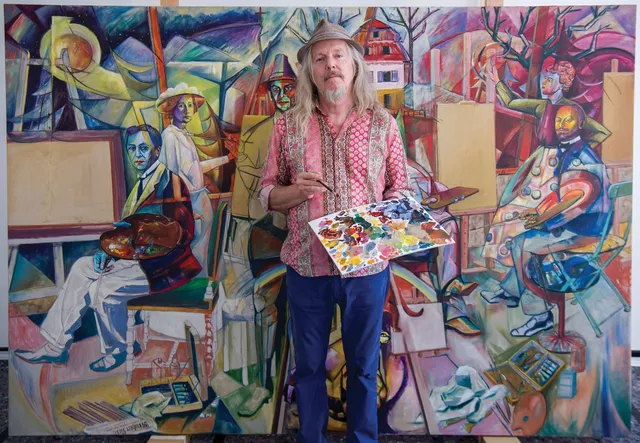
Photo: Peter Kneffel/dpa/Alamy Live News | Source: theartnewspaper.com
Navigating the Complexities to Mitigate the Risks of Art Investment
The high-end art market is fraught with risks and challenges. However, that may be exactly why art investment appeals to so many. But for many, the hunt for artwork with high potential is as thrilling as watching the value of your investment appreciate.
We’ve witnessed how high returns can be achieved when the right pieces are acquired and sold under favorable market conditions. Beyond financial rewards, art investment offers the unique benefit of cultural enrichment and engagement, which can be deeply fulfilling for collectors. With the ownership of esteemed artworks also comes social prestige. Art collectors are often seen as patrons of culture and intellect, earning respect and admiration within their communities and society.
Indeed, the volatility of the art market and the existence of forgeries serve as cautionary tales, highlighting the risks of speculative buying. Investors will face the challenge of recognizing the difference between enduring critical acclaim and market hype. To reap the rewards of the intersection of culture and capital that can come from art investment, astute investors can help mitigate the risks through due diligence and leveraging expert consultations. Understand the artist’s background, the artwork’s history, and its previous ownership to avoid costly mistakes. Engage with appraisers, art historians, and authenticators to gain invaluable insight and verification to ensure your investments are legitimate and sound. With art investment as an asset class, be prepared for a rigorous journey.
The rewards of art investment, although not guaranteed, are multifaceted, blending financial gain, cultural enrichment, and social prestige. Unlike the mere numbers involved in stocks or bond holdings, art investment not only comes with economic potential but also provides the physical manifestation of creativity – offering a resonating and enriching experience and enjoyment for present and future generations.

